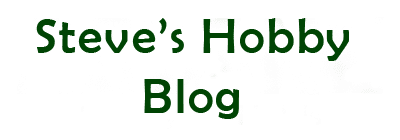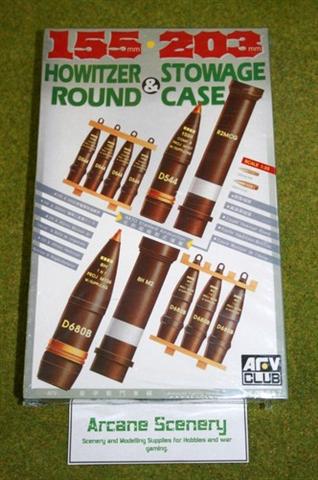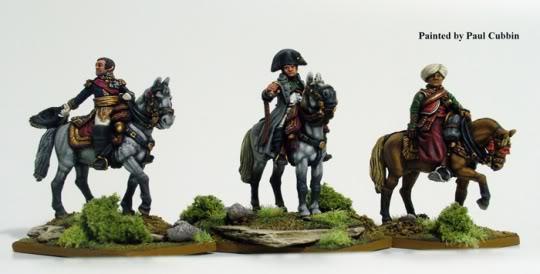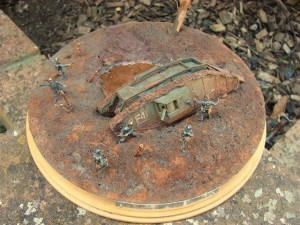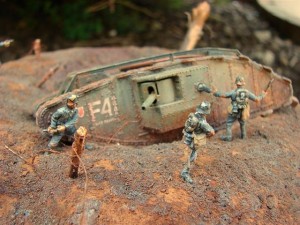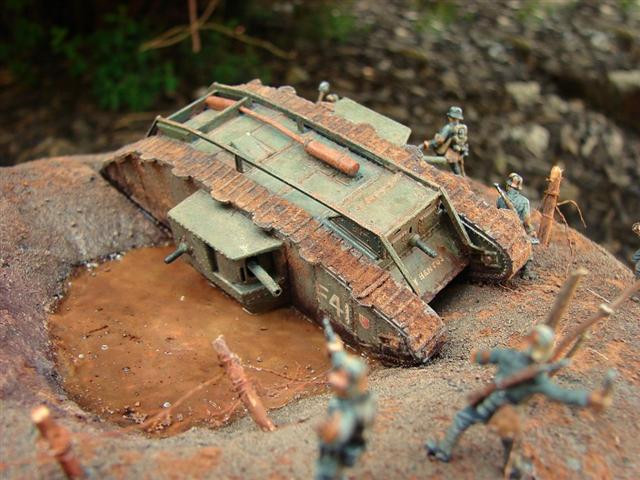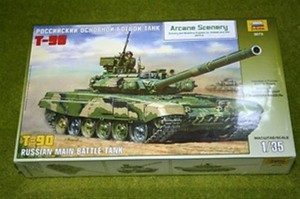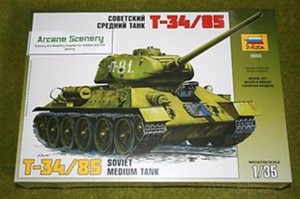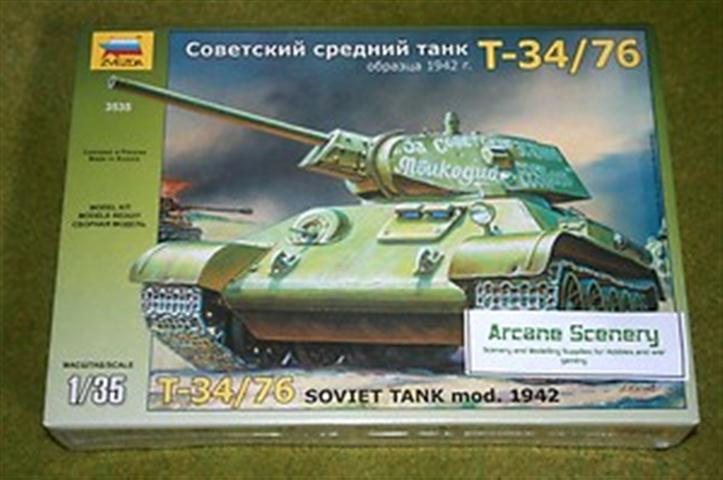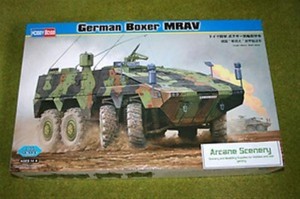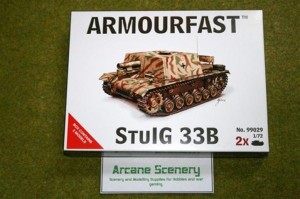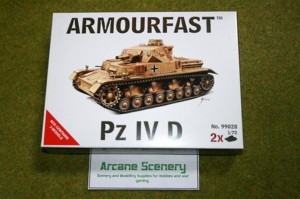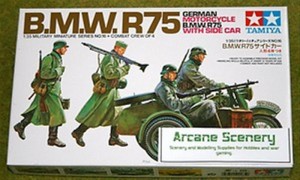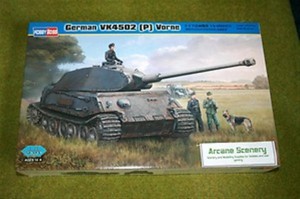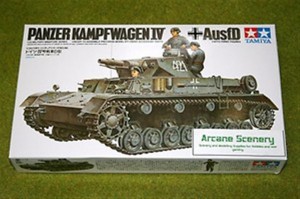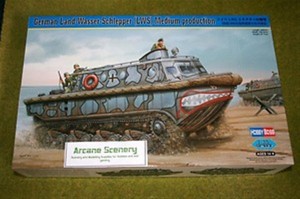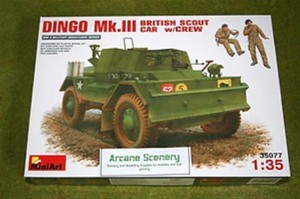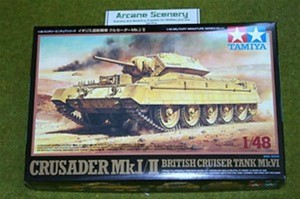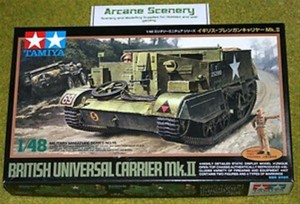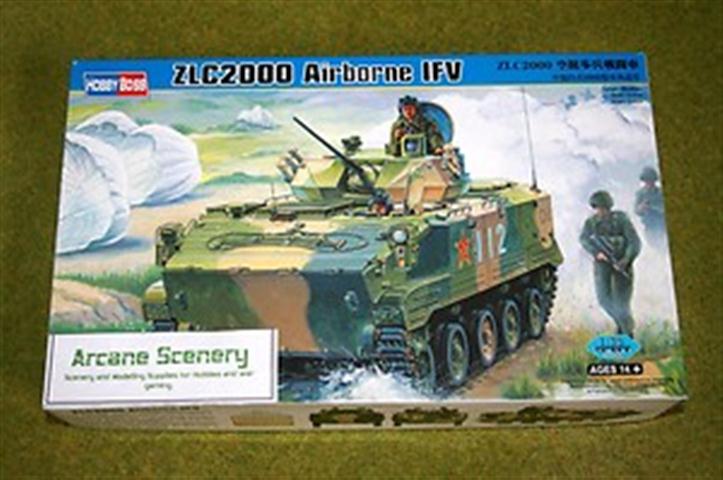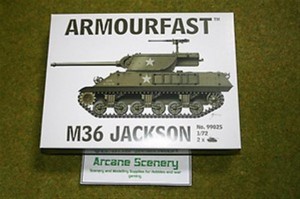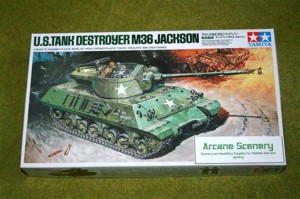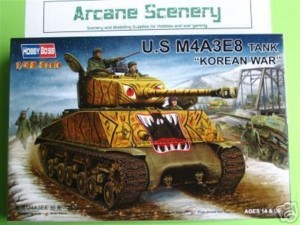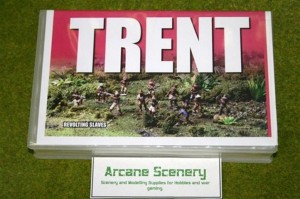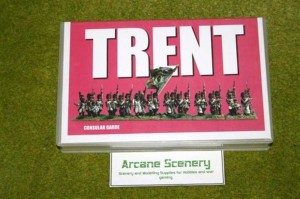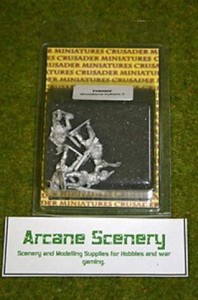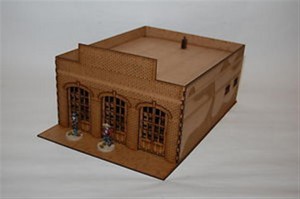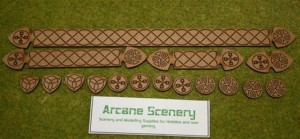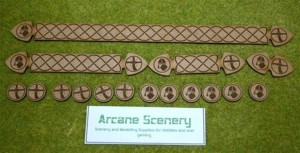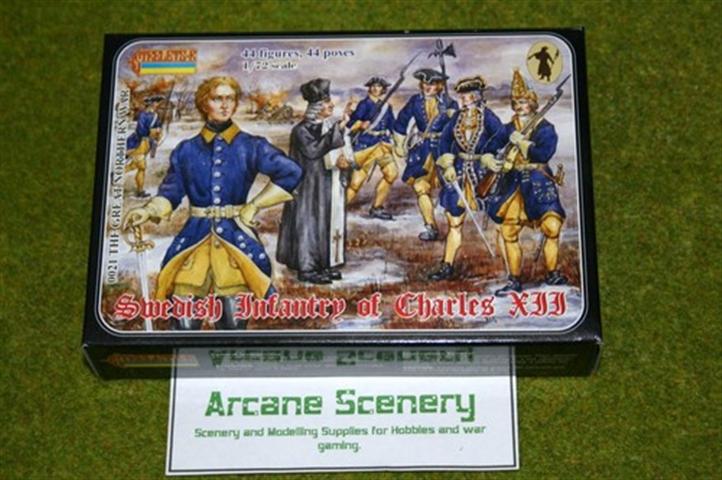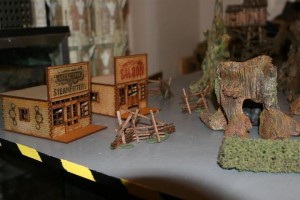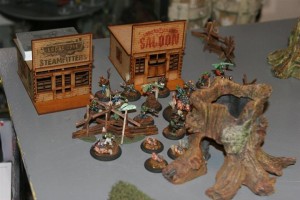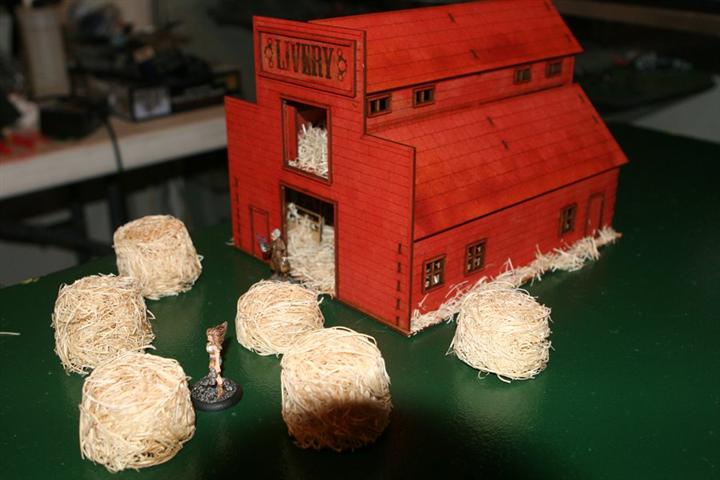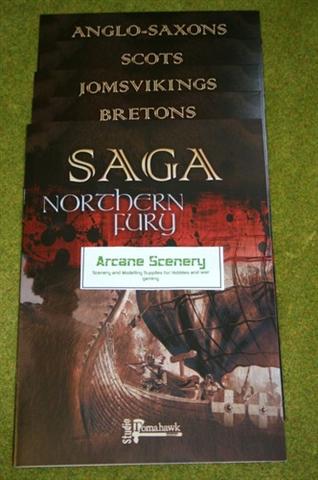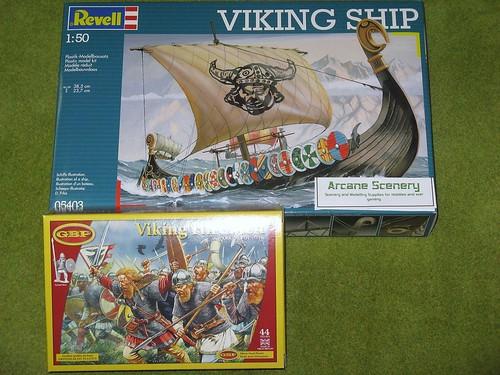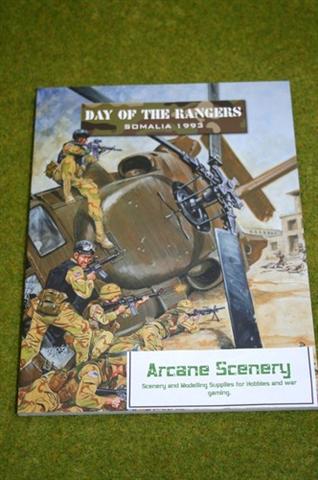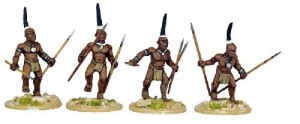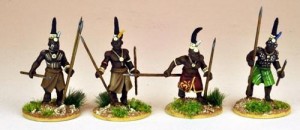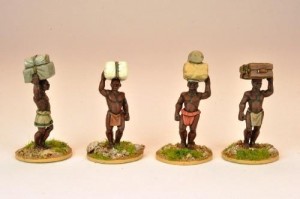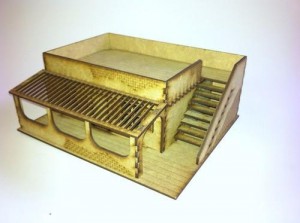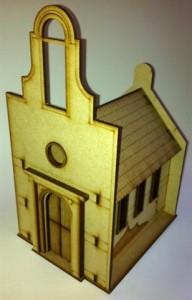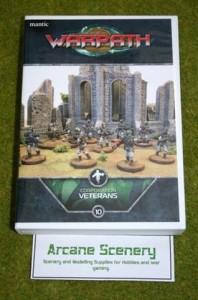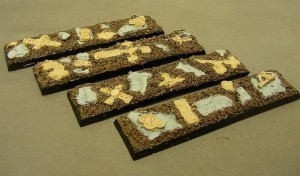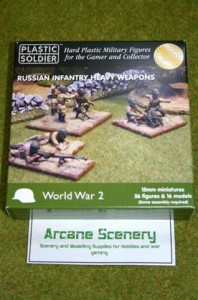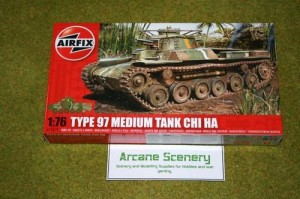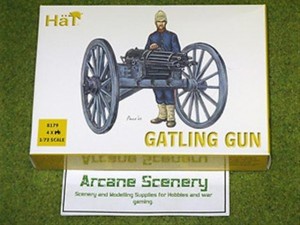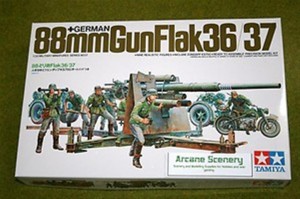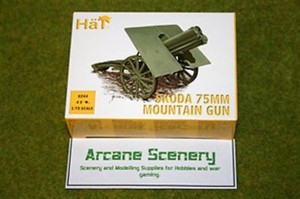By Mick Rood
Hello and welcome to the Sturm Uber……………. Blog, a periodical visit to the Flames of War tournaments held at Maelstrom games in Mansfield and strongly supported by Arcane scenary through providing prizes such as the MDF buildings in our range and particularly the popular Zvesda 1/100 vehicles from the ‘Art of Tactic’ game. Not specifically intended for Flames of War but the scale of the vehicles and aircraft is perfect for the game. Sadly, the infantry being at 1/72nd scale aren’t appropriate, unless of course you play FOW at that scale. Just in case you didn’t know Flames of War covers WWII battles mainly intended for 15mm scale but playable in most scales although probably a bit unsuitable for 28mm where more skirmish/squad level rules would be appropriate. The Flames of War ruleset is supported by the vast Battlefront range of figures and army books covering a large part of the 1939-1945 conflict, the book and figure releases come hard and fast.
Sturm Uber………….was originally set up by the lads at Maelstrom when they supported the Battlefront range but some trade differences meant that stopped temporarily. Whilst Maelstrom had a business difference they knew FOW was very popular amongst its club members and wished the players should continue. They invited Myself and Tommy Brown, regular ‘Flames’ players, to maintain their FOW competitions on their calendar. So the ‘ReluctantConscripts’ were born and our first venture was Sturm Uber Europa set in the Mid War (1942-1943) period covering the War in Russia, Western Desert, Tunisia and Early Italy/Sicily.
Considering the theatres and terrain is a considerable part of the pleasure of Flames of War. It has simple but comprehensive and effective terrain rules that allows players to enjoy good detailed terrain without loss of playabilty. Potentially a competitor can find themselves on the open desert or in the claustrophobic horror of Stalingrad. The ideal, of course, is to have the right mix of opponent in the right theatre but competitions tend to spread history somewhat so that isn’t guaranteed.
Sturm Uber Europa in June 2011 was Mine and Tommy’s first joint effort and our aims were to maintain the quality of the Maelstrom events and appeal to the wide competition circuit. Saturday morning saw 30+ players landed at Maelstrom for the weekend and 5 full games. The day always starts with briefing and doughnuts as the draw is concluded. It is always the intention not to have, so called, ‘Blue on Blue’ games where you play the same nationality as yourself. The quirks of army choice don’t always mean a perfect balance but the lads feel that the best enjoyment comes out of historical faceoffs where the uniqueness of each nation/force is brought to the fore. Flames of War cleverly brings out the traits of each nations fighting style, this is further enhanced with particular unit traits.
Maelstrom sorted out the food for us with their expanding kitchen facilities and looked after the drinks side with the very busy bar. I would like to add in a thank you to Maelstrom at this point, not only is the venue excellent for this type of event, the staff on food, at the bar and in the shop are always there to help with Gary Moore and all of them working their b**ts off to look after us.
The event includes awards for best sportsman and best painted army, the competition for these prizes was very close and shows the ethos of most players to make the experience enjoyable for BOTH players. The painting standards were excellent and the skills of all the entrants to be admired. We don’t allow unpainted/unrepresentative figures except in the most exceptional circumstances. Take some time to check the pics of the various forces.
Fierce fighting ensued and here are pictures of some of the excellent armies showcased at Sturm Uber Europa.
Strum Uber Deutschland.
November saw the second outing and Sturm Uber Deutschland continued the WWII story covering the Late War (Late 1943, 1944) with terrain for Normandy, Italy, Russia and Poland. Although this period of the war saw vast distances quickly covered, the hardest fighting had bogged down into city ruins, Normandy bocage and Italian hills and vineyards. The big breakthroughs often came after weeks of gruelling fighting. This can produce some fantastic terrain where the detail is increased as the terrain closed down for these bitter fights.
Sturm Uber Deutschland saw an increased turnout and once again the sponsors had been very generous allowing us to give prizes and a free raffle so that everyone left with something.
Once again, Gary and the Maelstrom crew excelled themselves.
So that was the Sturm Uber series in 2011. We will repeat the June and November events as Mid War and Late War but will start the series in March with Sturm Uber Dunkirchen. The first Early War competition to be run by the Reluctant Conscripts and at Maelstrom

STURM UBER DUNKIRCHEN MARCH 2012
36 Players from all over the UK journeyed to Mansfield to take part in our latest Early War event. It was a great weekend, great players, great atmosphere and great food. This was our swansong to version 2 of the Flames of War rules and it saw us out in great style. We had Polish cavalry demolishing artillery parks, trains chugging up and down tracks, hordes of Italian & British tanks and the surgical strike force of the German Heer.
Steve Charlton won not only Best General but also Best Painted Axis army with his lovely grey panzers. Kevin Brewin won Best Axis General and Jez Evans won Best Allied General. Ian Mann ran away with Most Sporting while Mark Mainwaring won Best Painted Allied and Richard Heath deservedly won Best Play Provided Table with his Warsaw board including poster booths and cars.
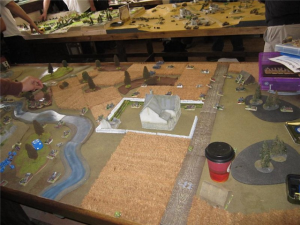
Shown above and below are road sets provided for us by Arcane Scenery and they also stock the river shown and the buildings below, manufactured by Sarissa Precision…
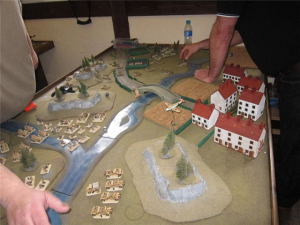
The Panzers batter the Allied defence lines
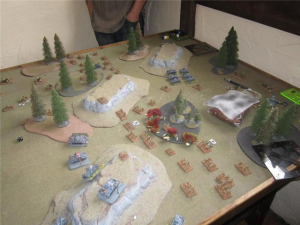
Richard Heath’s fantastic Warsaw city scape
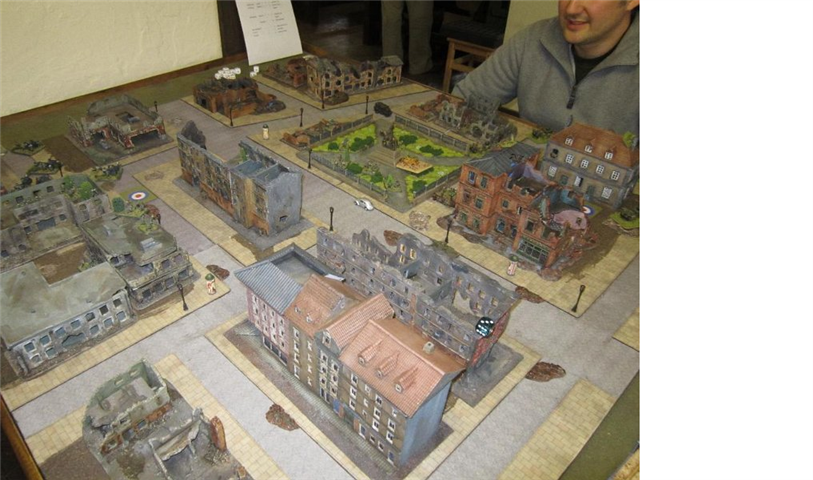
NEXT EVENT JUNE 9/10 2012
